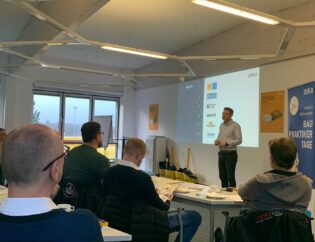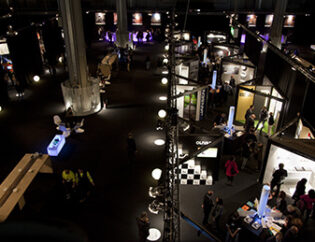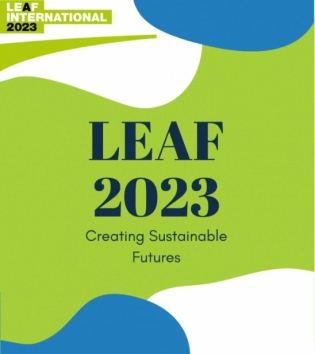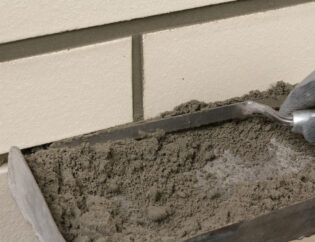SUSTAINABILITY & CSR
Responsibility - across generations.
The harmony of economy, ecology and social responsibility has been an integral part of the corporate culture at Feldhaus for generations. We define sustainable development as the means to achieve long-term growth, and in doing so we see ourselves as having a responsibility that extends beyond the production of bricks to the creation and preservation of habitats. We have aligned our actions accordingly: Socially responsible and actively following ecological principles. For our employees, partners, customers and for the entire region.
Clinker and clinker brick slips consist primarily of clay (clay minerals with small grain size) and loam (mixture of sand, clay and silt). The geological origin of the clay or loam is decisive for the subsequent color of the fired clinker. Depending on the nature of the starting material, sand may be added during the preparation process. In addition, broken clinker is added during the preparation process.
Clay and loam deposits are available in large quantities worldwide. Shale clays are mined in northern Germany at depths of up to six meters. The clay deposits are thus available regionally without long transport routes and with little technical effort. When the clay deposits are exhausted, the pit is renaturalized. This is done in close coordination with local authorities. The special focus is to achieve a high level of biodiversity.
Bricks and thin bricks do not need flame retardants. What has already been burned once at 1,100 °C no longer has any combustible components. If thin bricks are processed in conjunction with a mineral thermal insulation composite system, they are part of a sustainable fire protection concept.
Clinker and clinker brick slips are fired at approx. 1,100 °C, the pores are closed by the firing process. The result is a hard-fired stone that not only defies wind and weather, but also hardly absorbs moisture. More precisely, the water absorption of Feldhaus products is usually between two and five percent. Together with a professionally executed joint, a clinker or brick slips facade forms a durable elemental protection shield.
Policymakers and our society are increasingly turning to natural building materials. Manufacturers such as Feldhaus Klinker have been carrying out their own technical product quality control for very many years. In addition, measurements are performed by third-party laboratories. Increasingly important, however, are building certifications in which the interaction of the various building products and their impact on the environment are weighted and expressed in figures. An important basis for this is an EPD (Environmental Product Declaration).
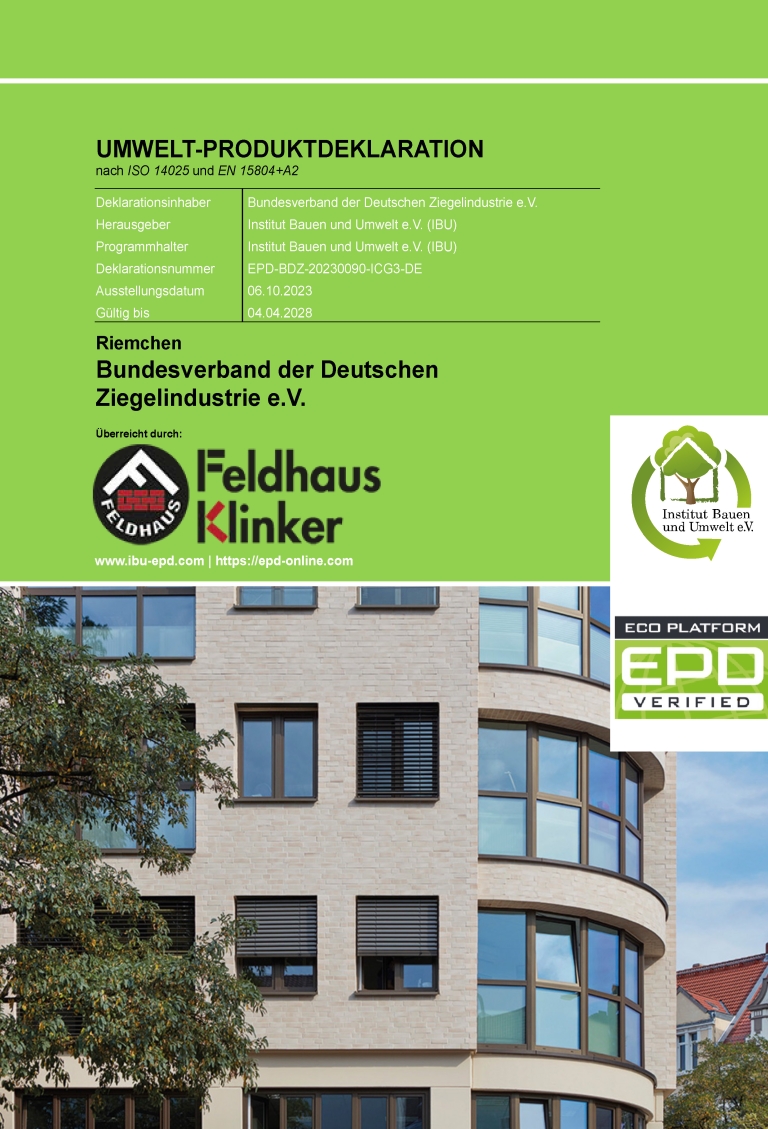
The EPD shows the environmental impact of a product throughout its life cycle.
EPD is a list of environmental performance indicators of a particular building material, in this case clinker, clinker brick slips and paving clinker. This data is presented in a standardized manner. This makes it much easier to compare different materials. This makes it possible to track the performance of a product in the various phases of its life cycle. From raw material extraction to the manufacturing process, use and recycling.
A building material is ecologically sound if it is of natural origin and conserves resources by being durable. A clinker facade lasts 100 years and more. We also know enough examples that brick buildings from antiquity have survived until today.
Since the early 1980s, we have been producing clinker brick slips that are NOT sawn from the whole stone. We produce clinker brick slips immediately in the desired thickness. This saves raw materials and energy. Since 2001, we have been producing angled aprons, which are also made immediately in the desired thickness and shape. This total package of brick slips and angles is the most resource-efficient method for a long-lasting and low-maintenance clinker facade; For new construction and existing properties.
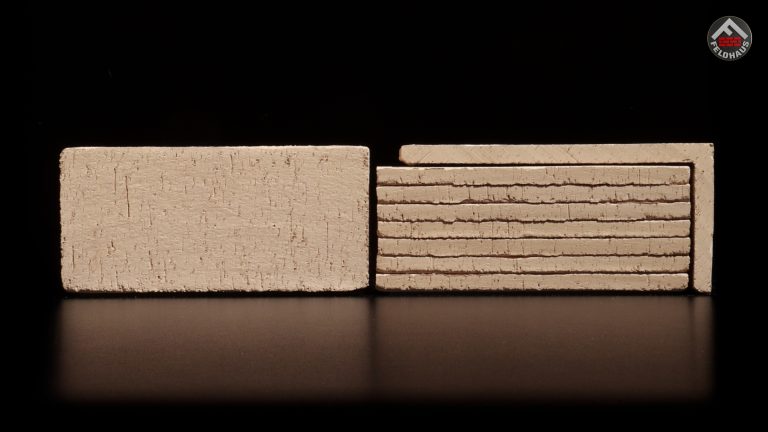
The construction, operation, and maintenance of real estate is responsible for a large share of the world's CO2 pollution. Time to change that. As a manufacturer of building materials and a family-run company, Feldhaus Klinker feels it has a duty to counteract this. There are concrete measures and targets for this. The entire manufacturing and burning process is to be powered by energy generated from renewable sources. In the future, photovoltaics and wind energy will be used to generate enough energy to produce hydrogen for the combustion process itself. A PV system with an output of 9 MW/p is currently being installed on the hall roofs at the Bad Laer site. As of today (March 2023), 34,000 m² of solar panels with an output of just over 7 MW/p have already been installed; this is equivalent to the area of well over 4.5 soccer fields. In addition, we are already able to blend up to 30% hydrogen with natural gas. Through a variety of measures and major investments, Feldhaus Klinker is making a long-term contribution to bringing investors and planners closer to the goal of CO2-neutral real estate.
INNOVATION
Thin bricks - a purely natural product.
All components of clinker bricks and thin bricks are of natural origin. Clay and loam are the main ingredients, along with other natural additives. A burnt clinker is free of emissions and meets the fire class A1 - non-combustible.
The clay and loam used comes from domestic clay pits, mostly even from regional quarrying. Short transport routes protect the environment. The attractive appearance of a thin brick facade is surpassed only by its durability.
Thin bricks from Feldhaus are not only a valued design element in new building construction, but also help transform unsightly existing buildings into attractive assets in the course of conversion and renovation projects.
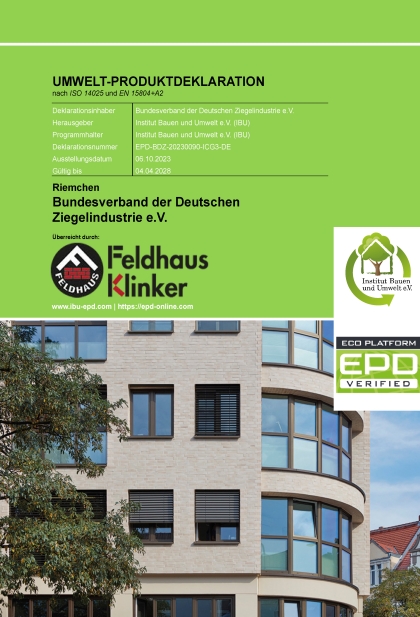
Enable external content
At this point you will find external content from issuu.com that complements this website.
Privacy policy from Issuu
Privacy policy from Feldhaus Klinker
You can revoke your cookie settings at any time on our privacy page.


